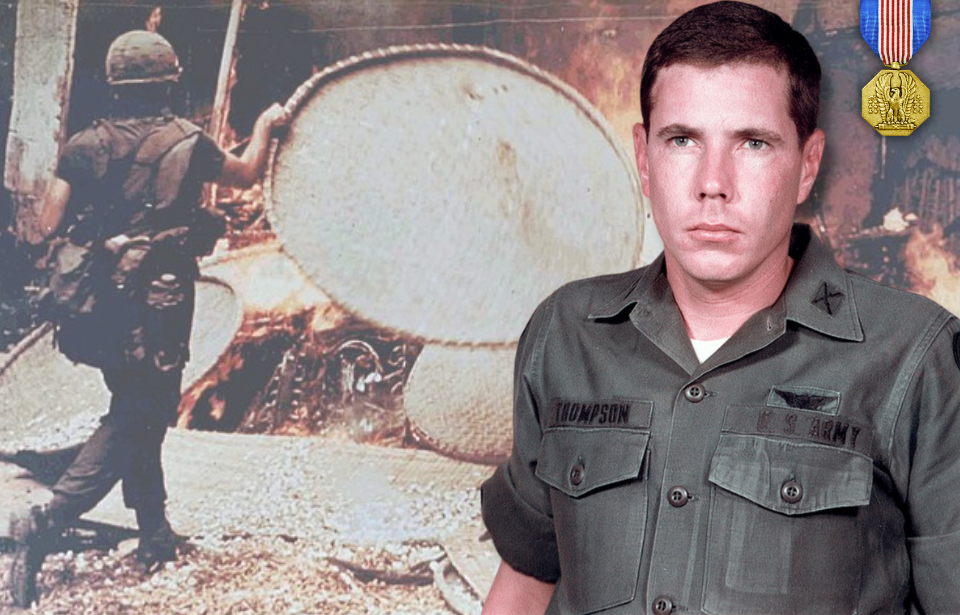During the Vietnam War, the U.S. military employed a range of controversial strategies aimed at protecting American interests. One of the most harrowing incidents of that conflict was the Mỹ Lai Massacre on March 16, 1968, when U.S. Army soldiers brutally killed hundreds of unarmed Vietnamese civilians. The tragedy could have escalated even further if not for the courageous actions of Chief Warrant Officer Hugh Thompson Jr. and his helicopter crew, who intervened decisively to halt the massacre and prevent more deaths.
Hugh Thompson Jr.’s entry into the US military
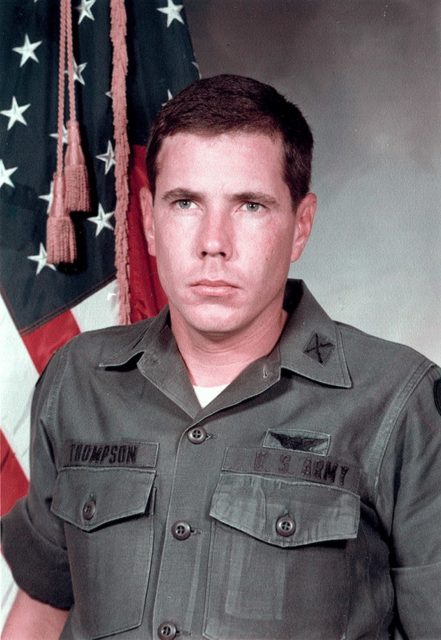
Hugh Thompson Jr. was born in Atlanta, Georgia, on April 15, 1943. His father, a veteran of the U.S. Navy during World War II, inspired both him and his brother, who later served in the U.S. Air Force during the Vietnam War.
In 1946, the family relocated to Stone Mountain, Georgia, where Thompson became involved with the Boy Scouts of America. His parents emphasized the importance of discipline, maturity, and fairness, frequently standing up against racism and supporting minorities within their community.
During his teenage years, Thompson worked at a funeral home and assisted with farming duties. After completing his education at Stone Mountain High School in 1961, he enlisted in the Navy. Assigned to a naval construction battalion at Naval Air Station Atlanta (now known as the General Lucius D. Clay National Guard Center), he worked as a heavy equipment operator. After receiving an honorable discharge in 1964, he returned to Stone Mountain to raise a family.
Returning to service during the Vietnam War
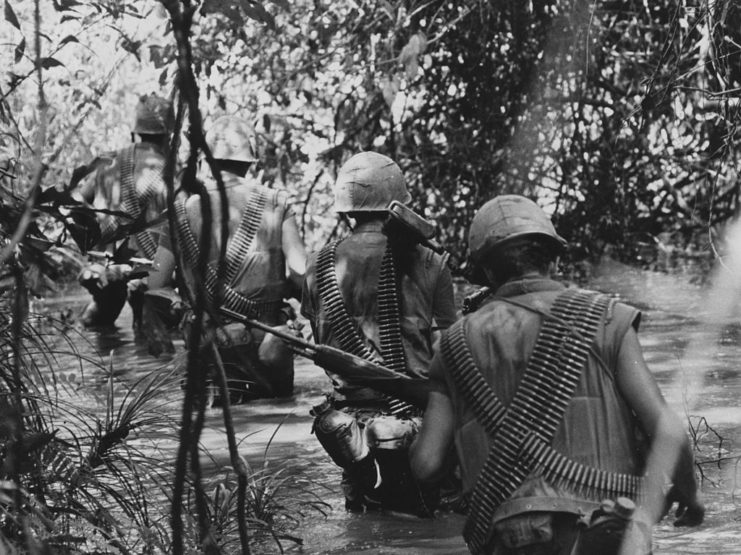
At the beginning of the Vietnam War, Hugh Thompson Jr. was working as a licensed funeral director after studying mortuary science. Although he had already left the military, he felt a strong sense of duty to support his fellow Americans and chose to re-enlist in the U.S. Army.
Before deploying to Vietnam, Thompson completed the Warrant Officer Flight Program at Fort Wolters, Texas, and Fort Rucker, Alabama. By December 1967, he was stationed in Vietnam, serving with Company B, 123rd Aviation Battalion, 23rd Infantry Division.
Mỹ Lai Massacre – four hours of terror
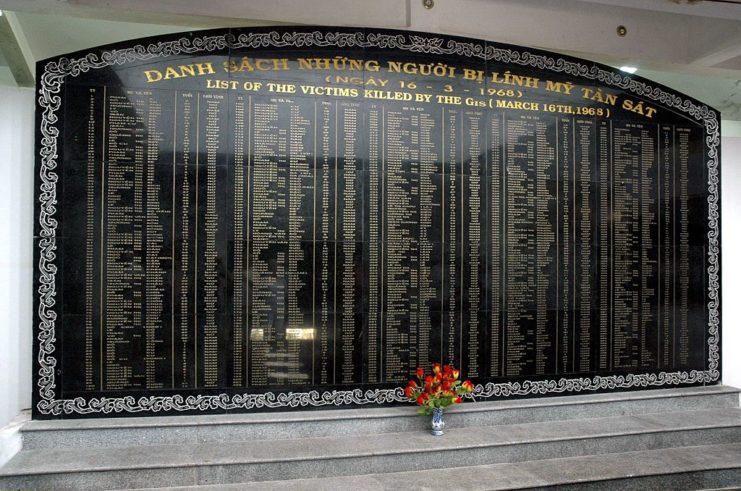
On March 16, 1968, Chief Warrant Officer Hugh Thompson Jr. and his Hiller OH-23 Raven helicopter crew—Crew Chief Glenn Andreotta and Gunner Lawrence Colburn—were sent to Mỹ Lai in South Vietnam’s Quảng Ngãi province. Their mission was to support Task Force Barker during a “search and destroy” operation. U.S. forces referred to the village as “Pinkville,” believing it to be a Viet Cong stronghold, though it was primarily home to rice-farming civilians.
At around 7:24 AM, the operation began. For four hours, roughly 100 soldiers from Company C, 1st Battalion, 20th Infantry Regiment, 11th Brigade, 23rd Infantry Division, along with 100 more from Company B, 4th Battalion, 3rd Infantry Regiment, shelled the area. Thompson and other recon pilots flew overhead, but they didn’t encounter any enemy fire—and neither did the troops on the ground.
As they moved into the village, Company C began a brutal assault on civilians. Women were sexually assaulted, homes were burned, and villagers were killed. In one of the massacre’s worst moments, 1st Platoon, led by Second Lt. William Calley, forced 70-80 villagers into an irrigation ditch and murdered them with grenades, machine guns, knives, and bayonets.
Hugh Thompson Jr. and his helicopter crew intervene
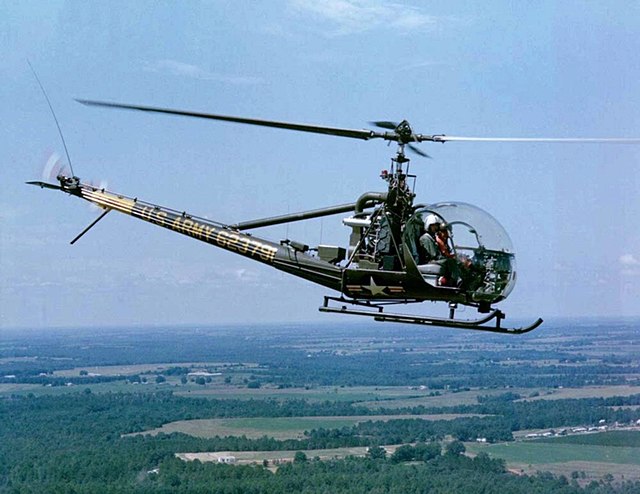
Flying overhead, Hugh Thompson Jr. and his OH-23 crew began to suspect something was wrong with the scene below, with him telling radio station KPFK in Los Angeles decades later, “We started thinking what might have happened, but you didn’t want to accept that thought because if you accepted it, that means your fellow Americans, people you were there to protect, were doing something very evil.”
Thompson’s suspicions were confirmed when he witnessed Capt. Ernest Medina, who’d led the ground forces into Mỹ Lai, kill a wounded and unarmed woman. The helicopter pilot then noticed the irrigation ditch filled with deceased civilians. When he confronted Calley about the dead, the second lieutenant simply responded that he was just “following orders.”
In disbelief, Thompson, Andreotta and Colburn took to the air to search for civilians they could evacuate. They spotted a group of children, elderly men and women who were being pursued by a platoon. Thompson landed his OH-23 and ordered his crewmen to point their guns at the advancing American soldiers while he tried to persuade the Vietnamese civilians to follow him to a safer location.
Eventually, the helicopter began to run low on fuel. After transporting an injured child to hospital, Thompson flew to Landing Zone Dottie, the headquarters for Task Force Barker, and reported what he’d witnessed to his superiors. This prompted Lt. Col. Frank Barker to radio the ground forces to halt the massacre, with Medina telling his mean to “cut [the killing] out – knock it off.” After this, Thompson and his crew returned to Mỹ Lai to ensure the wounded had been evacuated.
Known as the “Mỹ Lai Massacre,” the event is considered “the most shocking episode of the Vietnam War” and was the largest publicized massacre of civilians by American forces during the 20th century. While US numbers place the total dead at 347, the Vietnamese state the amount is closer to 504.
The US Army tried and failed to cover up what happened
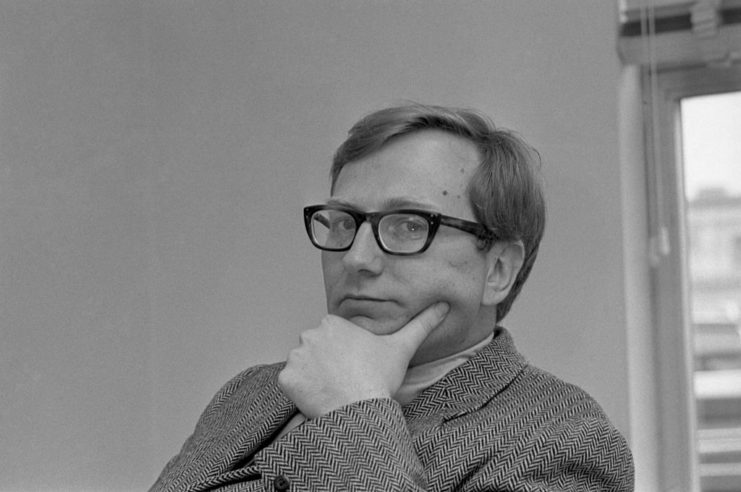
At 11:00 AM on the day of the massacre, Hugh Thompson Jr. filed an official report, which led senior officials to cancel similar operations that were planned against other villages in Quảng Ngãi province.
Initially, the US Army tried to frame what had happened as a victory against the Viet Cong, with initial reports claiming “128 Viet Cong and 22 civilians” had been killed during a “fierce fire fight.” Thompson was even awarded the Distinguished Flying Cross for his actions on March 16, 1968, but he threw the citation away, as it presented a fabricated version of events.
It wasn’t until November 1969 that the true nature of the Mỹ Lai Massacre became known to the public, when journalist Seymour Hersh published an interview with Specialist 5 Ron Ridenhour. A door gunner in Vietnam, Ridenhour relayed what he’d been told by members of Company C, adding that he’d previously appealed to the Pentagon, Congress and the White House to address what had happened.
Around this time, Thompson was summoned to appear before a special closed hearing by the House Armed Services Committee, during which he was criticized by Congressmen who tried and failed to have him court-martialed. Following Ridenhour’s revelations, a military commission investigated the massacre and found there to be widespread failures in Task Force Barker’s leadership, morale and discipline.
William Calley was the only one convicted for his actions in Mỹ Lai
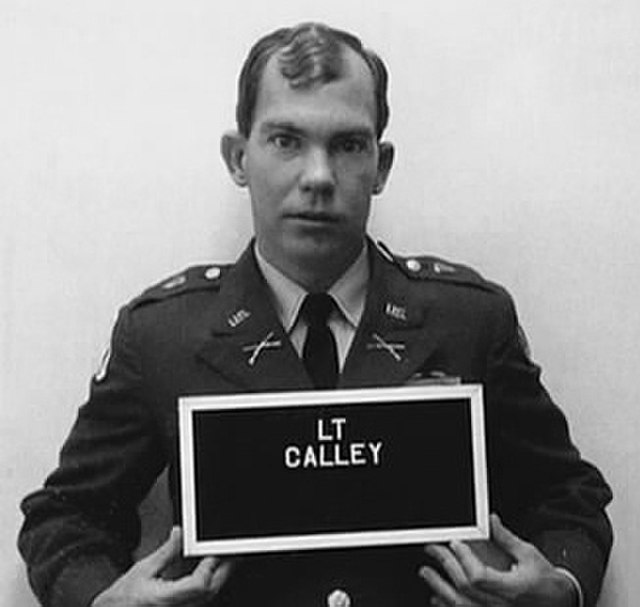
In 1970, 26 officers and enlisted soldiers, including Ernest Medina and William Calley, were charged with various crimes related to the Mỹ Lai Massacre. Hugh Thompson Jr. testified against them, but in the end, only Calley was convicted. He was found guilty of murdering 22 civilians and was sentenced to life in prison. However, President Richard Nixon later reduced his sentence, and Calley ended up serving just three and a half years under house arrest.
Even though there was strong evidence tying Calley to the killings, most Americans disagreed with the verdict. Within three months of his conviction, the White House got over 300,000 telegrams and letters, and Calley himself received as many as 10,000 letters and packages every day.
Meanwhile, Thompson was seen by many as a traitor because of his testimony. Both the public and some in the Army turned against him, and he faced frequent death threats. This backlash contributed to Thompson’s struggles with post-traumatic stress disorder (PTSD), severe nightmares, and alcoholism. The stress surrounding the case also led to the breakup of Calley’s marriage to his wife, Palma Baughman.
Hugh Thompson Jr.’s military service following the Mỹ Lai Massacre
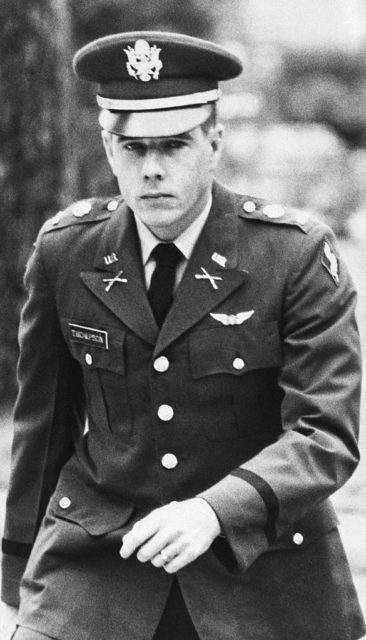
Hugh Thompson Jr. continued to serve in Vietnam following the Mỹ Lai Massacre, flying numerous observation missions. He was hit by enemy fire a total of eight times, losing his helicopter on four different occasions. In the final incident, he was brought down by machine gun fire and broke his back in the crash. This ended his combat career in Vietnam.
Following his rehabilitation, Thompson was assigned to Fort Rucker, where he served as a pilot instructor, as well as Fort Jackson, South Carolina; bases in Hawaii; Fort Hood, Texas; South Korea; and Fort Ord, California. He later received a direct commission, and retired in 1983 with the rank of major.
Hugh Thompson Jr.’s later life and death
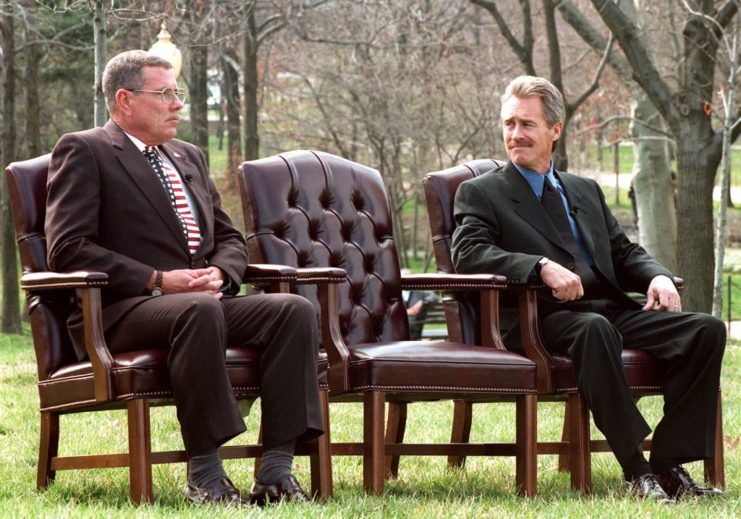
Following his retirement, Hugh Thompson Jr. became a helicopter pilot for the oil industry in the Gulf of Mexico. Following the release of the documentary Four Hours in My Lai and the book of the same name, the Army veteran found himself the subject of a campaign to have his heroism and that of his crew recognized. A number of politicians and military officials supported the movement, including President George H.W. Bush.
In 1998, Thompson, Colburn and Andreotta were awarded the Soldier’s Medal, the Army’s highest award for bravery not involving direct contact with the enemy. That same year, he traveled to Mỹ Lai to visit with the civilians he’d saved during the massacre. Speaking with CNN at the time, he said, “Something terrible happened here 30 years ago today. I cannot explain why it happened. I just wish our crew that day could have helped more people than we did.”
Today, a memorial stands in the South Vietnamese hamlet, in honor of Thompson and those who lost their lives on March 16, 1968.
More from us: Despite Being up Against 2,000 Enemy Troops, Bernard Fisher Risked His Life to Save a Fellow Airman
Following his work in the Gulf of Mexico, Thompson served as a counselor with the Louisiana Department of Veterans Affairs. On January 6, 2006, after treatment for cancer, the 62-year-old was taken off life support and passed away at the Veterans Affairs Medical Center in Pineville, Louisiana. He was buried in Lafayette with full military honors.
